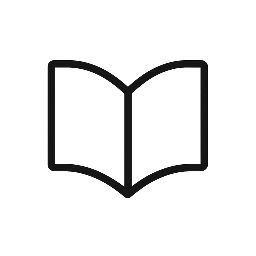Category: Economics
-
🏢 Organizational Design Organizational design refers to the structure and systems that define how an organization operates. It includes the arrangement of roles, responsibilities, communication channels, and workflows. Key Elements: Structure: Hierarchical, flat, matrix, or team-based. Culture: Shared values, beliefs, and norms. Processes: Decision-making, communication, and coordination. Technology: Tools and platforms that support operations. Importance:…
-
This week we will participate in a Report Back activity. This activity allows you to gather information about concepts that we are discussing during the unit and test them out in the world! As you report your results, please do not indicate full names. For this Report Back: 1. Respond with your answers to this…
-
Consider the following Quantum Leap Marketing Partners case study. Quantum Leap Marketing Partners is a small, privately held firm with 30 employees that provides marketing consulting, advertising, and digital marketing services. The company’s founder, John Thomas, was recently ousted by the other partners, and the firm barely survived this change of leadership. Everyone in the…
-
Compliance and the HR Functions Before starting this assignment, be sure that you are familiar with what is meant by “critical thinking.” Critical thinking is one of the five key rubric criteria by which your assignments are graded. Therefore, you are expected to demonstrate evidence of critical thinking in all assignments. For an overview of…
-
1. Make a list of 5 ideas you would like to learn more about in employment law and why. These can include concepts discussed in the syllabus, e.g., class actions, unions, discrimination, and employee benefits. (This does not have to be longer than one sentence.) 2. Go review another classmate’s list. Choose one item that…
-
One of the key elements of applying critical thinking into leadership practices is to complete action research. Action research “uses continuing cycles of observation, reflection, and action to reveal effective solutions to issues” (Stringer & Aragón, 2020 p. 4) by posing questions, gathering data, reflecting, and developing plan for action. Action research living theory helps…
-
For this discussion, we will delve into the intricate relationship between corporate finance, the corporate life cycle, governance structures, and the broader economic environment. Select a publicly traded company of your choice and analyze its financial statements. Discuss the following: · Identify the stage your chosen company is in of the corporate life cycle. How…
-
1. Key Cost Concepts in Decision Making a. Sunk Cost A sunk cost is a past expense that cannot be recovered and should not influence future decisions. Examples: Money spent on a failed marketing campaign Equipment purchased that is now obsolete Research and development costs for a discontinued product Relevance: Sunk costs are excluded from…
-
Study Notes Topic: Leadership Theories and Assessment Tools Field: Organizational Behavior / Psychology 1. Attributes/Trait Theories of Leadership Trait theories suggest that certain individuals possess innate qualities that make them effective leaders. These traits are relatively stable and can include: Intelligence Confidence Integrity Sociability Determination Key Idea: Leaders are born, not made. Criticism: Traits alone…
-
📝 Study Notes Topic: Clusters and Distributions Source: Milligan, Chapter 9 Field: Data Analysis / Statistics 1. Introduction to Clusters and Distributions Clusters and distributions are key concepts in data analysis used to understand how data points are grouped and spread across a dataset. They help identify patterns, trends, and anomalies in data. 2. What…
